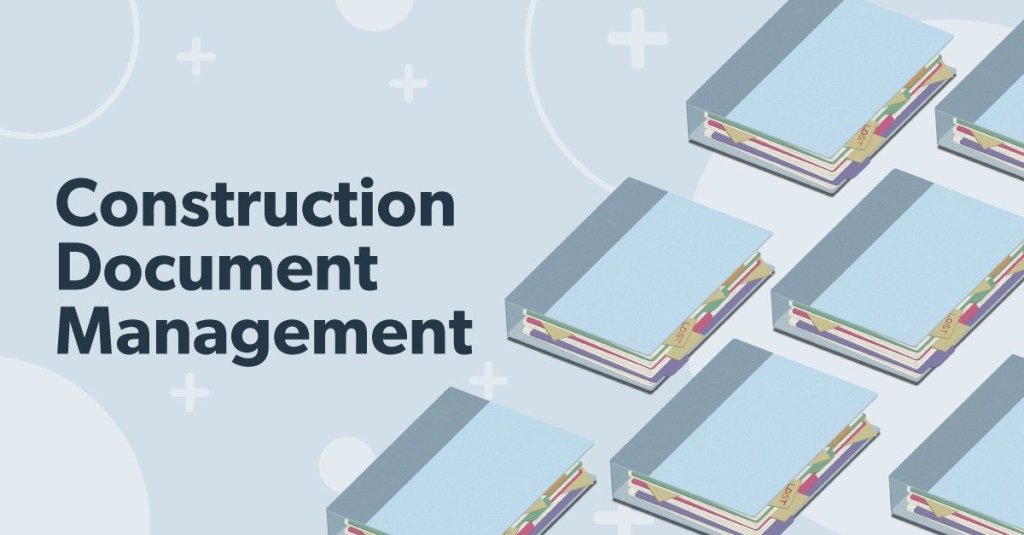Effective Construction Document Management Solutions for Every Job
Enhancing Process Efficiency: Architect's Specialist Techniques for Building Document Monitoring
In the world of building design and construction, the thorough management of documents stands as a foundation for task success. These strategies not only guarantee smooth project progression however likewise hold the essential to unlocking improved efficiency and precision in the intricate realm of construction document monitoring.
Trick Record Company Strategies
When taking care of building papers, one of the essential techniques that architects employ is developing a organized and reliable company system. This system commonly involves classifying records based upon their type, such as drawings, specifications, contracts, and permits. By creating clear and distinct groups, architects can promptly situate particular details when required, saving time and lessening mistakes in the building and construction process.
Within each classification, architects better arrange records by developing subfolders or utilizing numbering systems to represent alterations or versions (construction document management). This ordered framework guarantees that the most current and relevant details is conveniently obtainable while preserving a document of adjustments made throughout the project timeline
In addition, designers frequently make use of digital document monitoring systems that supply attributes like keyword search functions, version control, and accessibility constraints to improve company and partnership amongst project stakeholders. These devices improve the document access procedure, promote real-time updates, and promote smooth communication, eventually adding to the total success of the building task.
Collaborative Platform Combination
To optimize file management effectiveness in construction projects, designers flawlessly incorporate collaborative platforms to improve interaction and streamline sychronisation amongst project stakeholders. By leveraging collective systems such as job monitoring software, cloud-based storage systems, and communication tools, designers can develop a centralized hub for all project-related records and communication channels. These platforms permit group participants to accessibility, review, and work together on papers in real-time, lowering hold-ups and the threat of errors related to standard record management approaches.
Joint system combination likewise cultivates transparency and liability within the job group, as all stakeholders have visibility right into the most up to date job updates and modifications. By streamlining communication and record sharing, architects can make sure that all staff member are working from one of the most current information, reducing the opportunities of misconceptions or conflicts emerging due to out-of-date papers.
Furthermore, collective platforms allow smooth cooperation in between architects, service providers, clients, and other project stakeholders, promoting a more cohesive and effective job process. By damaging down interaction obstacles and facilitating information exchange, designers can drive performance and innovation in construction jobs, eventually bring about effective project results.
Version Control Finest Practices
Applying effective version control methods is vital for keeping record accuracy and consistency in construction jobs. By developing a clear system for taking care of modifications, task groups can ensure that everybody is working from one of the most updated paperwork, minimizing the threat of mistakes and discrepancies during the building stage.
Among the vital ideal practices for version control is to designate distinct identifiers to every file version. This can be achieved by utilizing a numbering system or day stamp that plainly indicates the order of revisions. By clearly classifying each model, group members can easily track the development of the record and recognize one of the most current variation.

Automation Devices for Effectiveness

Paper control software application, like Procore or PlanGrid, streamlines project paperwork, making it easily accessible to all stakeholders. These systems permit real-time partnership, variation control, and automated backups, safeguarding versus read data loss. In Addition, Building Information Modeling (BIM) software automates the generation of building and construction drawings and makes certain that changes are integrated across all associated records.
Incorporating automation tools with cloud storage remedies further improves ease of access and security. By automating the paper administration procedure, project groups can focus their effort and time on value-adding activities, eventually enhancing performance and task end results.
Secure Information Administration Solutions
Effectively taking care of and securing project data is vital in the construction sector to guarantee discretion and stability throughout the task lifecycle. Architectural companies can use encrypted cloud storage space services to firmly share and save job files with accredited personnel.
In addition, using digital civil liberties management (DRM) devices adds an added layer of safety and security by protecting against the unapproved you could check here distribution or duplication of project papers. Regular data backups are important to minimize the risk of information loss due to unanticipated circumstances like hardware failings or cyber-attacks. Collective systems with built-in safety features allow smooth communication and documents sharing among task team members while keeping data honesty.
Conclusion
To conclude, executing key paper company strategies, integrating collaborative systems, exercising version control finest techniques, making use of automation devices, and adopting protected data administration options are essential techniques for improving process effectiveness in building paper administration. These skilled methods can improve processes, improve communication, guarantee accuracy, and maintain data security throughout the construction project lifecycle.
In the world of building style and building and construction, the meticulous management of documents stands as a keystone for task success. These approaches not just make sure smooth project progression but additionally hold the essential to unlocking enhanced productivity and accuracy in the complex realm of building and construction record administration.
To enhance document monitoring effectiveness in construction tasks, designers seamlessly integrate joint platforms to enhance interaction and improve coordination amongst find this job stakeholders. These platforms permit team participants to accessibility, evaluation, and collaborate on documents in real-time, minimizing delays and the threat of mistakes associated with traditional paper administration techniques.
Utilizing automation devices in building document monitoring substantially enhances performance and streamlines procedures for job groups. construction document management.